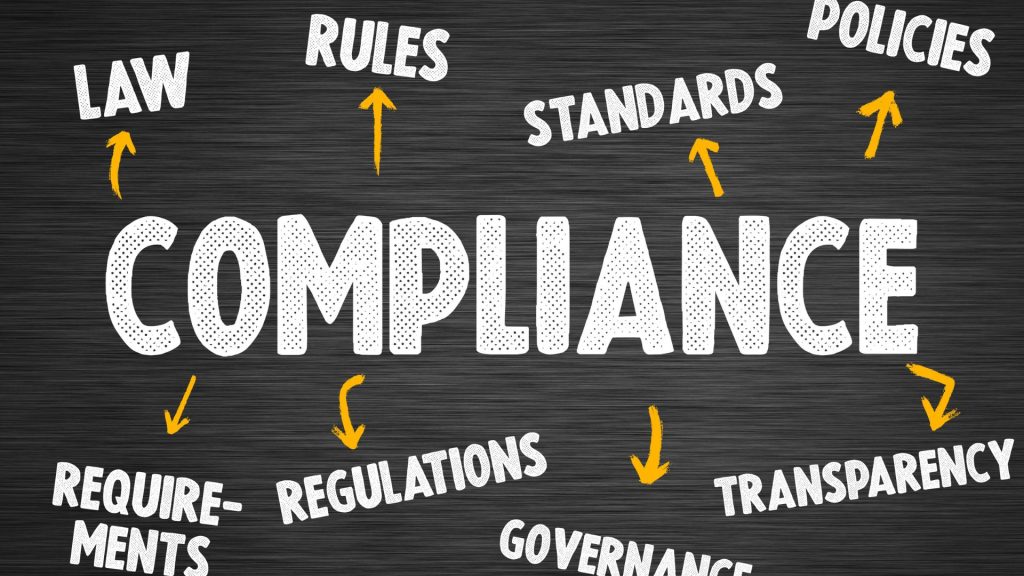What is compliance? Compliance is the process of following or complying with all applicable laws, regulations, rules, and standards that apply to the company.
Compliance is ensured through the design, development, and implementation of policies, processes, and procedures. The management develops such policies, processes, and procedures under the supervision of the Board of Directors. The aim is to ensure that all applicable laws, rules, regulations, and standards are complied with in letter and spirit by all the employees.
Market Regulations Compliance
Market regulations compliance is a zero-tolerance area as a whole because the principles relate to fair dealing with clients and maintaining transparency in the financial markets. Compliance will help retain the clients’ trust and the economy’s growth.
Market regulations, such as Securities and Exchange Commission or SEC, regulations, impose penalties due to non-compliance with various requirements, such as insider trading practices, unfair dealing with customers, gaining personal financial benefits by employees, investments in restricted securities or shares, and investments in banned jurisdictions, etc.
The relevant regulators regulate all organizations, companies, or businesses, and they must identify and comply with the applicable regulatory requirements issued and enforced by the regulators.
The companies and businesses have attracted great attention from the regulators due to various factors, including global financial crises, frauds, customer complaints, technological advancements, etc. Many companies have faced a significant decline in market performance, and various have been levied massive penalties for non-compliance with applicable laws and regulations.
The regulatory environment is undergoing a major shift towards compliance risk and its proactive management wherein more quality resources are being required to be deployed by the companies, businesses, and organizations.
The penalties imposed by the regulators may vary, and the relevant government bodies or agencies may revise them. Therefore, the penalties may not be mentioned explicitly for future periods, which are subject to change by the authorities.
Compliance Risk
The management of compliance risk is the employees’ first and foremost responsibility. However, the primary responsibility of establishing and implementing effective compliance culture rests with the company’s Board of Directors. They ensure that a comprehensive Compliance Program concerning applicable regulatory requirements is developed to ensure that all applicable corporate compliance-related regulatory requirements are complied with, in letter and spirit.
The management prepares and implements their employees’ compliance policies, processes, and systems for regulatory compliance. The employees are not permitted to work against the Board and management’s approved policies, rules, and processes to avoid regulatory breaches or non-compliance with applicable laws and regulations.
The Compliance Officer is appointed to ensure that all applicable laws and regulations are identified, understood, and complied with by the employees to ensure compliance.
Final Thoughts
Compliance in business or in a company generally refers to following government laws, health and safety standards, or data and security requirements. It is a “action” if the rules and policies are consciously recognized. Compliance becomes a necessary action when it is deemed necessary for the survival of a business or company. The main goal of compliance is straightforward: to identify and avoid potential red flags in your business. Again, failure to comply seriously may result in future costly fines or penalties.




